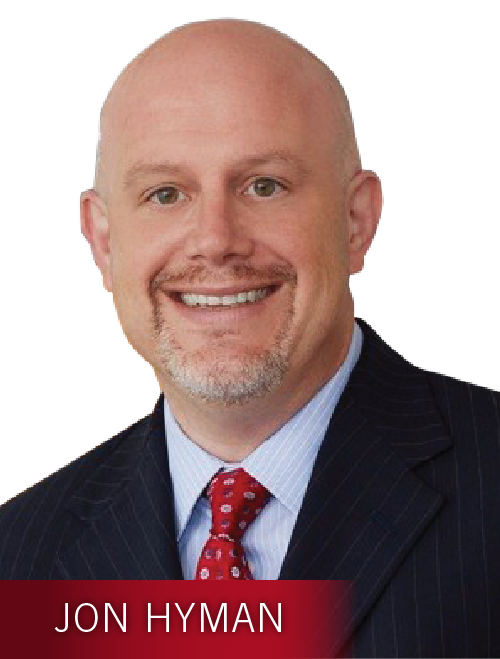Suppose you have an employee who takes FMLA leave for rotator-cuff surgery. Let’s say during said FMLA leave, you discover that the employee is vacationing on a Caribbean island. And, further suppose that you discover this employee’s island vacay via his own public Facebook posts, which included photos of him on the beach, posing by a boat wreck, and in the ocean. Or, more accurately the employee’s co-workers saw the photos and ratted him out to management.
So, what do you do?
Fire the employee for abusing and/or misusing FMLA leave by engaging in activities (verified by pictures posted on his Facebook page) that demonstrated his ability to return to work earlier than the end of the FMLA leave.
Tread lightly, however, before making that decision, for in Jones v. Gulf Coast Health Care, the 11th Circuit Court of Appeals concluded that based on these same facts, Rodney Jones was entitled to a jury trial on his FMLA retaliation claim.
How did the court reach this (troubling) conclusion?
1. Temporal proximity: The employer suspended Jones on the day he returned from his FMLA leave and fired him a few days later. According to the Court, the “close temporal proximity” between the end of Jones’s FMLA leave and the adverse action is sufficient to create a jury issue on the causation prong of his FMLA retaliation claim.
Me: When is the employer supposed to fire him? During his vacation? Wouldn’t that have created an even closer temporal proximity? Or should it have let him return to work and waited months before announcing its decision? Wouldn’t that have created a jury question on the issue of pretext? (How could the vacation genuinely have motivated the decision if the employer waited months to act on it?) The best practice is never to wait but immediately to advise of the consequences. Yet, by suggesting that such immediacy dooms the employer, the Court is placing all employers in a no-win situation.
 2. Pretext: According to Jones, the only explanation the employer provided him “was that he was being fired for abusing and misusing FMLA leave by engaging in activities, posted on his Facebook page, that demonstrated his ability to have earlier returned to work.” Yet, (a) Jones was not told that he had violated the company’s social media policy or that the company believed he had unnecessarily prolonged his recovery to take a vacation; and (b) because the company lacked a policy that required employees to stay at home or refrain from traveling while on FMLA leave, it could not conclude that he had “violated the ‘spirit’ of medical leave — to rehabilitate and recover.” Therefore, because of these “inconsistencies and contradictions” a jury should decide whether the employer’s explanation was a pretext for retaliation.
2. Pretext: According to Jones, the only explanation the employer provided him “was that he was being fired for abusing and misusing FMLA leave by engaging in activities, posted on his Facebook page, that demonstrated his ability to have earlier returned to work.” Yet, (a) Jones was not told that he had violated the company’s social media policy or that the company believed he had unnecessarily prolonged his recovery to take a vacation; and (b) because the company lacked a policy that required employees to stay at home or refrain from traveling while on FMLA leave, it could not conclude that he had “violated the ‘spirit’ of medical leave — to rehabilitate and recover.” Therefore, because of these “inconsistencies and contradictions” a jury should decide whether the employer’s explanation was a pretext for retaliation.
Me: The employer advised Jones that it was terminating him for “abusing and misusing FMLA leave by engaging in activities, posted on his Facebook page, that demonstrated his ability to have earlier returned to work.” Must it expressly rely on a written policy (social media or otherwise)? Must a company have a policy forbidding employees on FMLA leave from traveling or vacationing? By taking an FMLA leave for one’s own serious health condition, an employee certifies the inability to work, or the inability to perform at least one essential function of the job). If vacation photos posted to Facebook suggest that the employee had recovered and no longer needed to be out on medical leave, how is the employee not abusing his FMLA leave? And how is an employer not justified in firing the employee for this lie?
This result should disturb all employers. I would have reacted the same way as Gulf Coast Health Care, and, frankly still would despite this decision. The employment relationship is based on trust, and once that trust erodes, the relationship is broken (almost always beyond repair). If an employer concludes that an employee has lied about the need to be on FMLA leave, how can it react any way other than termination?
Jon Hyman is a partner at Meyers, Roman, Friedberg & Lewis in Cleveland. Comment below or email editors@workforce.com. Follow Hyman’s blog at Workforce.com/PracticalEmployer.




